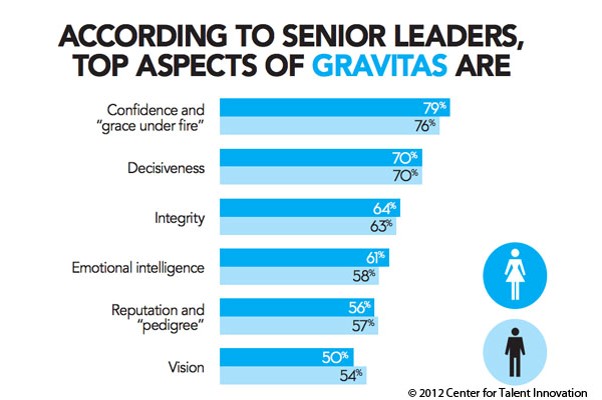 Executive Presence is difficult to describe, but you know when you have it.
And so it goes in the workplace. Clients call me to work on a leader’s “executive presence.” They’ll say the leader needs “polishing” or “gravitas,” but they can’t be specific.
Executive Presence is difficult to describe, but you know when you have it.
And so it goes in the workplace. Clients call me to work on a leader’s “executive presence.” They’ll say the leader needs “polishing” or “gravitas,” but they can’t be specific.
What is clear is that the coaching candidate is stuck at a level. Without the ability to convey executive presence, they lose credibility and don’t advance further.
The myth is that executive presence is about dressing well. Attire is a visual shorthand. At first glance, your audience or stakeholders will determine if you’re a leader by the way you’re dressed. That’s part of it, but it’s only one piece of the puzzle. Have you ever known someone who looks like a million dollars until they opened their mouth?
Take the case of Deborah (not her real name). When I first met her, she looked like Ms. Dress for Success; however, when she presented at meetings she lost credibility with senior management. Deborah hedged, sounded hesitant and wouldn’t put a stake in the ground. Her boss couldn’t promote her to Vice-President and asked me to coach her.
What does this have to do with speaking? The answer is Confidence.
The presenter’s job is to inspire the audience's confidence that he/she is an expert (or at least qualified to speak on the subject). A speaker must have presence on the platform. Deborah discovered that leaders align visual, vocal, and verbal communication to influence. If one of these areas goes out of sync, the message is altered. Deborah learned to convey executive presence and was promoted to Vice-President.
So what exactly is executive presence? It's the missing link between merit and success. The chart above breaks down the aspects of “gravitas” so you’ll no longer say “I’ll know it when I see it.” You’ll be able to recognize and convey executive presence by knowing the components. Whether your platform is a stage or a meeting room, the boardroom or the back room, you’ll be able to assess yourself and project confidence.
